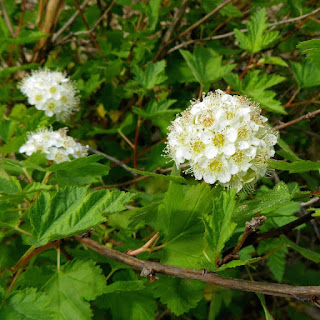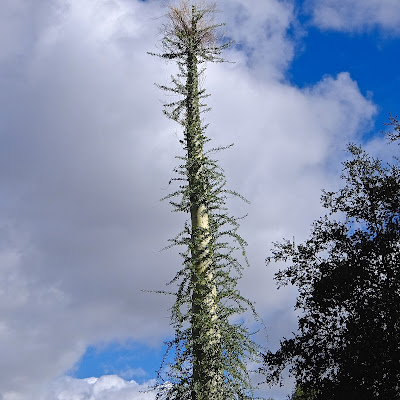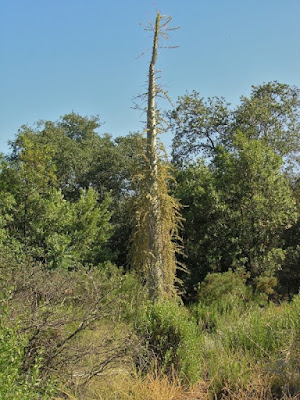"One of my strongest convictions,
and one of the first canons of good taste,
is that our houses, like the fish’s shell and
the bird’s nest, ought to represent our
individual taste and habits."
Mary Eliza Haweis
Interior design has been defined as the process of shaping the experience of interior space, through the manipulation of spatial volume as well as surface treatment. I would suggest that, in good taste, or not, most homes do come to reflect the people who live in them. And, over the past few years I have slowly been making some changes in my environment. Though, I will probably hang on to the rug that my late wife thought really tied the living room together.
As curator of my own domain, last week I finally hung a poster to compliment one I had for just over a year. I must say that they do reflect my eclectic taste and strange sense of humor.
Picasso and Duchamp Go at It
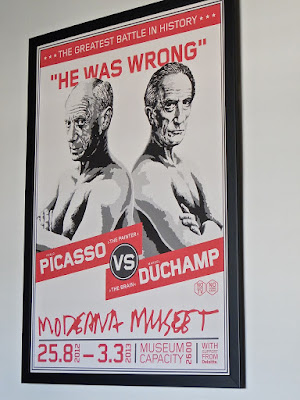 |
| Art Rivalry: photo by Cliff Hutson |
This first poster was basically an impulse purchase. Truth be told, I am really not into the work of either artist all that much. (Although, I, like most other college kids of my era, had a "
Guernica" print on a wall in my apartment in my school days.) But, I was totally captivated by the portrayal of this rivalry as a promotion for a boxing match.
Adding Punch
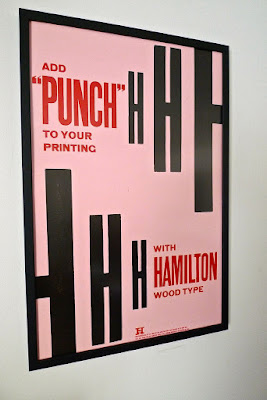 |
| Add Punch: photo by Cliff Hutson |
"Add Punch to Your Printing", by
Dafi Kühne, was a much more deliberate acquisition. I felt it go well on a wall adjacent to "He Was Wrong" as the red letters would be complimentary. Also, in my mind, the "Punch" underscores the boxing theme. The clincher for the purchase though is that the proceeds go to support the work of the
Hamilton Wood Type & Printing Museum.
A Place of My Own
Framing and hanging two posters is certainly a very small step in to the world of interior design. But, I find it kind of exciting. Within the next year I will probably be downsizing to a home about one-third the size of my present house. There is not much here that would comfortably fit in that space. So, it will be an ideal opportunity to get a fresh start. Hopefully, in the intervening time, I can hone my aesthetic and realize a place to call my own.



